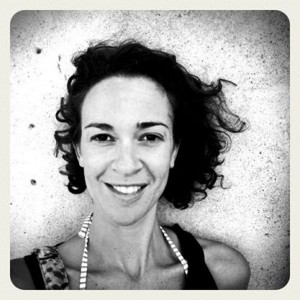
We all know that earthquakes are unpredictable phenomena. Likewise we all agree on the importance of building a global “culture of resilience” that will strengthen the capability of communities to cope with devastating consequences of earthquakes. What is less apparent is the struggle of many countries – especially the developing ones- to access reliable, trustable and advanced scientific information to comprehensively assess risk.
It is a fact that poor nations are more exposed to earthquakes fatalities than rich ones. Exponential population growth, uncontrolled construction in over-urbanized areas, absence of building codes and solid infrastructures, worsening of the socio-economic conditions: all these factors impact on vulnerability and expose populations to major losses. Unfortunately, technical and scientific resources are often out of reach where accurate risk assessment is needed to inform risk reduction policies and, in turn, improve resilience.
Then how can we end this downward spiral? Would an equal and global understanding of seismic risk still be possible? The belief is that open data can be the quantum leap in a democratic process towards global risk reduction, for at least two reasons. First, a great number of high-quality standardized outputs, continuously validated by the international scientific community and improved by bottom-up contributions will lead to better value for the investments developing countries put in research and facilitate their first step within risk assessment. Second, communities and end-users will progressively become more aware of seismic risk in their own living environment and take part in risk reduction activities at local and national level. The public understanding will then have enough means to urge governments to adopt retrofitting and security measures in the most-at-risk urban areas.
That is the assumption on which the GEM Foundation was established, 10 years ago: to develop and freely circulate cutting-edge resources while facilitating independent risk analysis in any part of the world. Certainly, the key to success is yet in seeking long-term collaborations with scientists, governments and associations to progressively transfer technical knowledge and enable developing countries to start a virtuous circle. But this can only be made by investing in workshops, seminars and conferences, with the joint support of public and private sectors.
The OpenQuake platform is the latest achievement of the GEM Foundation regarding open source and it is founded on this double-headed contribution. It represents the most significant example of the above mission and it is perfectly aligned with the HFA2 blueprint, which is communicating and sharing hazard and risk information openly and globally.
If we take this route, that is, a genuine cooperation of private and public actors in producing and sharing open resources, we might have a chance to reduce earthquake risk worldwide.
Luna Guaschino is Communication and Outreach officer at GEM Foundation She has previously worked for UNRWA in Middle East and for UNFPA in Madagascar.